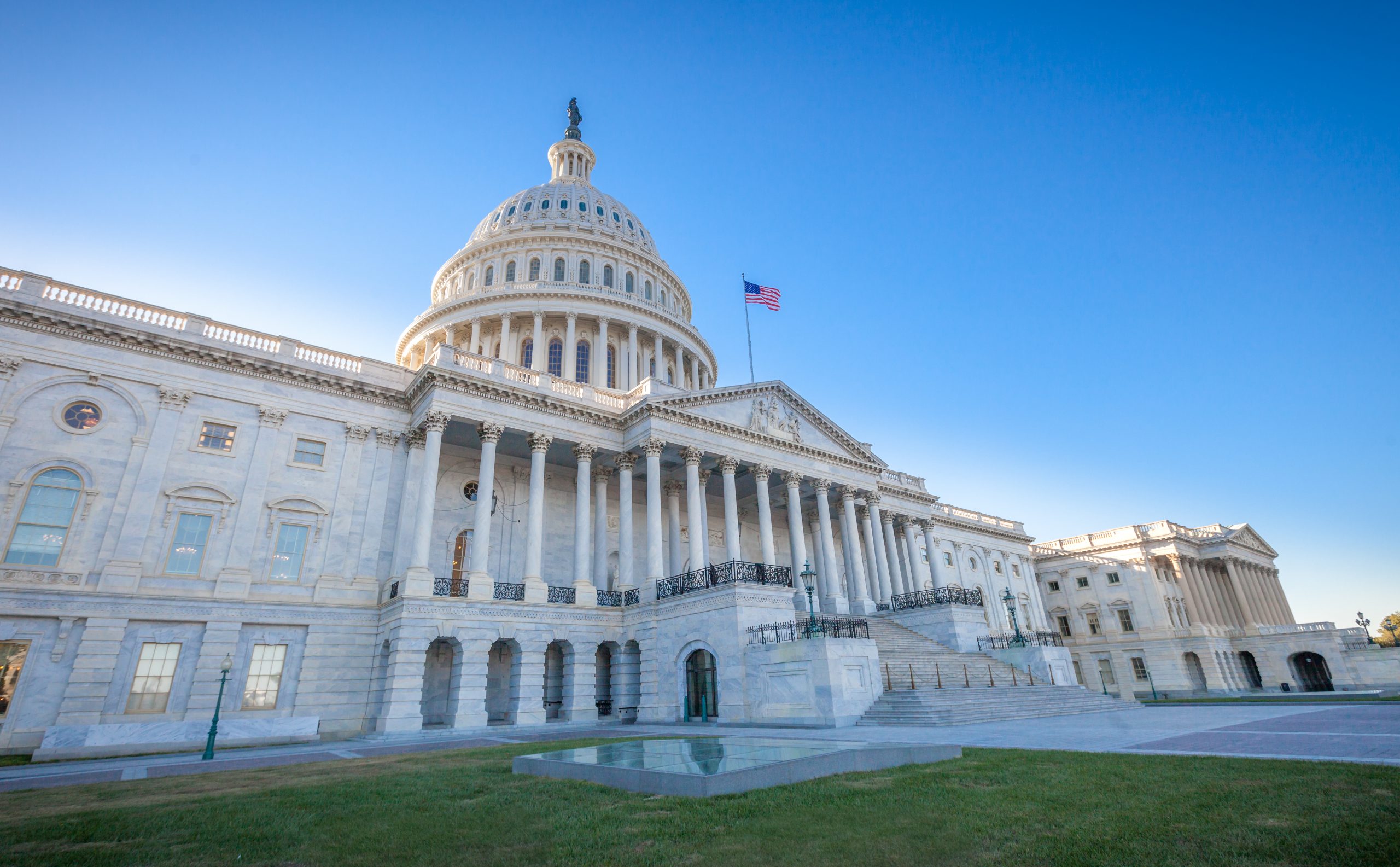Government Affairs and Advocacy
Feb. 12 Federal Update: House Passes Child Tax Credit Expansion
On Jan. 31, the House of Representatives passed (357 to 70) a significant $78 billion bill which expands the child tax credit and reinstates certain business tax breaks. Republican Rep. Jason Smith, the main sponsor in the House, praised the bill as beneficial for growth and employment. It enlarges the child tax credit, though at a reduced level compared to the pandemic period, and revives business tax breaks until 2025. Additionally, it enhances tax benefits for low-income housing and disaster victims. The package of tax breaks is paid for by curbing the pandemic-era employee retention tax credit. Lawmakers see the bill as a positive bipartisan achievement amidst a divisive political climate.
Despite overwhelming approval in the House, the bill faces challenges in the Senate. The main proponent, Sen. Ron Wyden (D-Ore.), has argued its benefit to families and businesses, and pointed to the bipartisan nature of the bill’s passage in the House. Senate Republicans, however, have reservations, particularly regarding the impact of the expanded child tax credit on parents’ work incentives. Mike Crapo (R-Idaho) highlighted a provision that permits parents to collect the larger credit by claiming earnings from previous years, thereby discouraging work, in his eyes. Despite these challenges, the bill is supported by President Biden as well as many senators and could gain momentum in the coming weeks.
HHS Highlights Progress After Two Years of Overdose Prevention Strategy
On Feb. 1, the U.S. Department of Health and Human Services (HHS) marked the second anniversary of its Overdose Prevention Strategy. From 2019-2021, the United States witnessed alarming increases in overdose death rates. Recent efforts, however, have successfully stabilized this trend. According to the administration, over the last three years the rate of increase in overdose deaths has plummeted by over 90%, with a consistent decline observed almost every month.
The administration argues that significant investments in overdose prevention programs have contributed to these positive outcomes. Key initiatives encompass primary prevention, treatment, harm reduction, and recovery support services. Such efforts include SAMHSA’s Youth Fentanyl Awareness Prize Challenge, which elicited advice from youth aged 14-18 on best practices for educating young people; the Building Communities of Recovery program, which brings together community resources to support long-term recovery; and telescribing, which has made it easier to access treatment.
Other highlights include naloxone sales, which have surged notably in the past year, signaling wider availability of this life-saving medication. Concurrently, there has been a significant rise in the number of individuals receiving buprenorphine treatment, indicating enhanced access to evidence-based care.
Despite progress, challenges persist as provisional data indicate a persistently high number of overdose deaths. HHS unveiled bold new steps, which include new opioid use disorder treatment rules, aiming to make flexibilities introduced during the pandemic permanent, aligning standards of care with evidence-based practices, and broadening access to interim care with methadone.
Border Bill Introduced and Then Falters in the Senate
Last week, the Senate faced difficulty advancing legislation for aid to U.S. allies after rejecting a bipartisan plan to boost border security. Four months of negotiations, initiated by Republicans wary of increasing aid to Ukraine without linking it to stricter border controls, ended in the plan’s failure, after House Republicans and former President Donald Trump expressed opposition to the proposal. Like many immigration and border proposals in the past, the way forward is uncertain with Congress divided over border security measures in an election year.
In its current form, the proposal would introduce new emergency measures that greatly limit access across the border, triggered when crossings exceed an average of 5,000 a day over the course of a week or 8,500 in one day. Under these measures, asylum seekers would have to apply at designated ports of entry, scheduling appointments via a government app. Asylum officers from the U.S. Citizenship and Immigration Services, previously U.S. immigration judges, would decide on asylum cases at the border. Successful applicants would need to demonstrate they could not relocate within their country to avoid persecution. Asylum seekers who pass initial screenings would immediately qualify for work permits, while others could appeal to an asylum review board. The proposal also would expand the use of Alternatives to Detention for migrants awaiting asylum case decisions, such as ankle monitors and cell phones for check-ins with authorities.
HUD Releases New Factsheet on Agency Support for Black People
In a newly released factsheet, the U.S. Department of Housing and Urban Development (HUD), under the leadership of Secretary Marcia L. Fudge, outlined several initiatives undertaken to support Black communities in homeownership, economic empowerment, and housing stability. Notably, HUD broke down systemic barriers to homeownership, facilitating approximately 250,000 Black Americans in purchasing homes with an FHA mortgage since 2021. Additionally, foreclosure prevention measures implemented during the pandemic helped 160,000 Black homeowners retain their homes amidst financial challenges. HUD expanded access to housing counseling, invested in Black-owned, small, disadvantaged businesses, and awarded over $10 million to historically Black colleges and universities for wealth building and housing research.
Efforts to combat racial discrimination in housing continue with HUD working to eliminate bias in appraisals and promote fair housing practices. Furthermore, HUD expanded rental assistance programs, including emergency housing vouchers targeting homelessness, with a significant portion benefiting Black households. Finally, the Secretary oversaw efforts to review HUD regulations, policies, and guidance that discriminate against people with past criminal records. These initiatives demonstrate HUD’s commitment to advancing equity, homeownership, and housing stability for Black communities under Secretary Fudge’s leadership.
Subscribe to the Policy and Advocacy Radar to receive our biweekly policy roundup, which includes commentary on issues in Social Current’s federal policy agenda, opportunities to take action, and curated news and opportunities.

